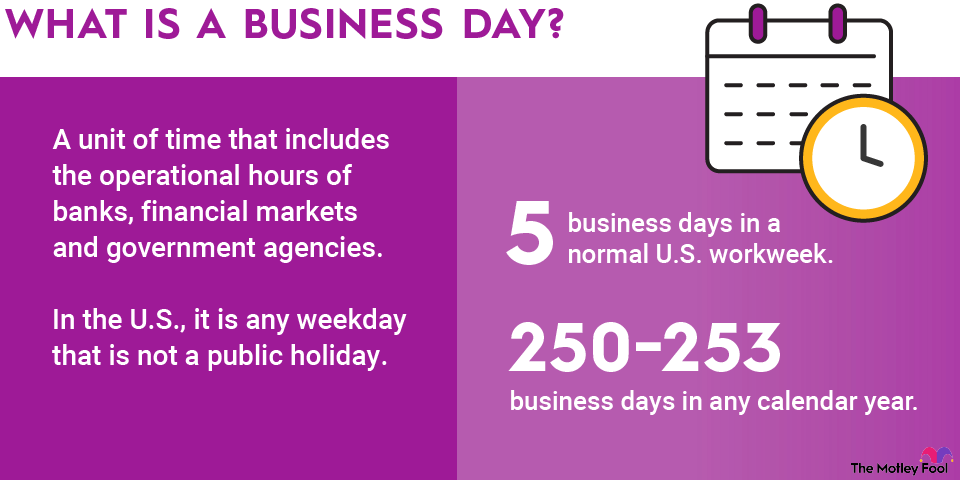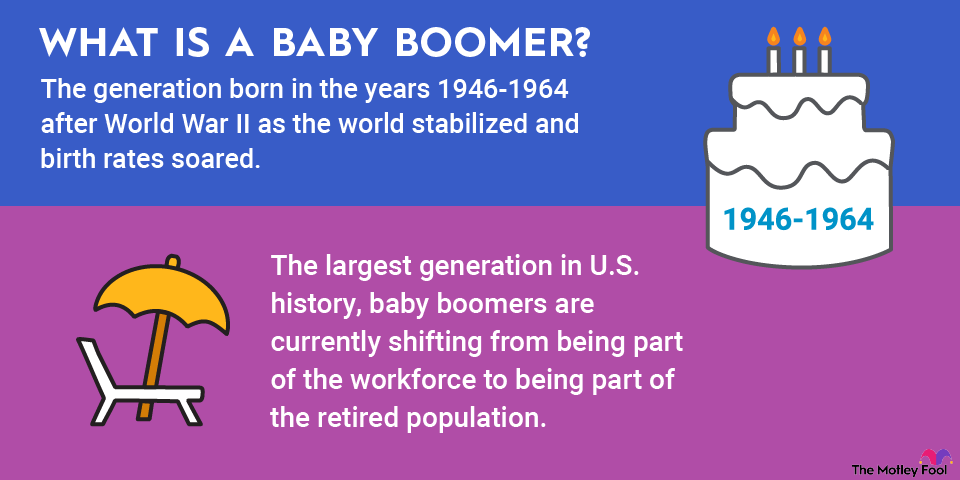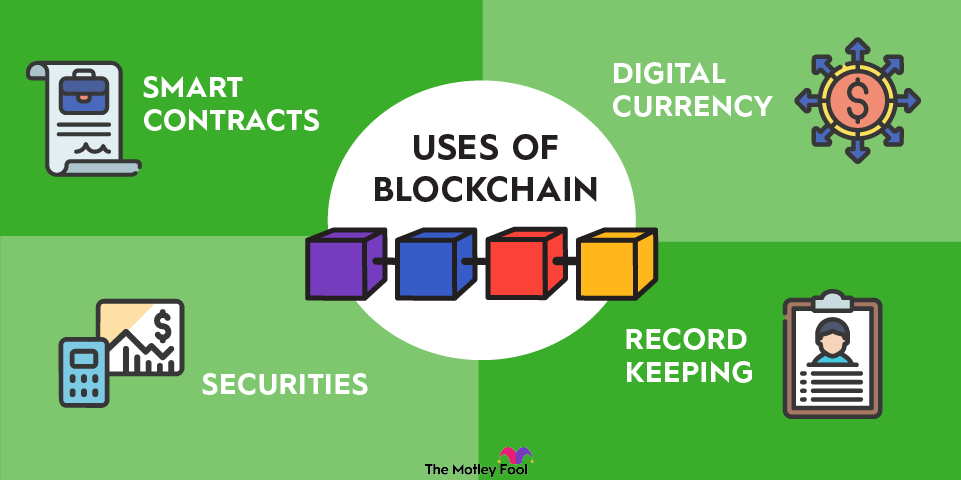Book-to-bill isn't a ratio that's useful on its own, necessarily, but it can tell a story about sales trends, how well a company is managing its inventory and production, and if expansion or contraction of that company may be warranted.
How to calculate the book-to-bill ratio
A book-to-bill ratio is really simple to calculate. Simply take the number of orders received and divide it by the number of orders that shipped during a set period of time. This can be any period of time -- a week, a month, a quarter, a year, and so on. Very short and very long windows tend to be less helpful, but looking at a month or a quarter can give you some pretty decent insights.
Here's how the equation looks:
Book-to-bill ratio = Orders received / Orders shipped
So, if your company had an order for 10,000 CPUs, and you were only able to fulfill 9,000 of those, your book-to-bill ratio would be 10,000/9,000 or 1.11. This is a great book-to-bill ratio that indicates that you've got a lot of orders coming in and you're fulfilling them at a decent speed, so you might as well keep going.
A book-to-bill ratio that's less than 1, however, can point to a lack of interest in the product or overproduction, which can then create a lot of financial waste. So, say your company only got 9,000 orders and produced 10,000 CPUs instead. That would give you a book-to-bill ratio of 0.9, which is less good.
Factors that influence the book-to-bill ratio
Many things influence book-to-bill ratios, which is why it's so important to look at more than one period per company you're investigating. This will give you a clear look at the overall trends affecting the company rather than a peek through a dirty window.
A few factors that can influence book-to-bill ratios include:
- Change in demand. This is the biggest influence, generally. Whether that's a seasonal change or a pivot in the industry can only be known by looking at more than one period for your company and comparing it to the performance of its competition.
- Labor issues. Strikes and lockdowns can affect book-to-bill ratios since having no workers on the job will kill productivity. Your company may not be that great, but if there's been an extended strike, the book-to-bill ratio may be very high and look impressive.
- Equipment malfunction. Just like labor issues, issues with equipment that aren't quickly resolved can result in improperly inflated book-to-bill ratios. It's hard to fulfill orders when your machines aren't working.
- Company image. Bad press can be damning, especially in an industry where there are lots of competitive companies. If your company has experienced significant negative (or positive) press, this can heavily influence orders, though often in the short term.




















